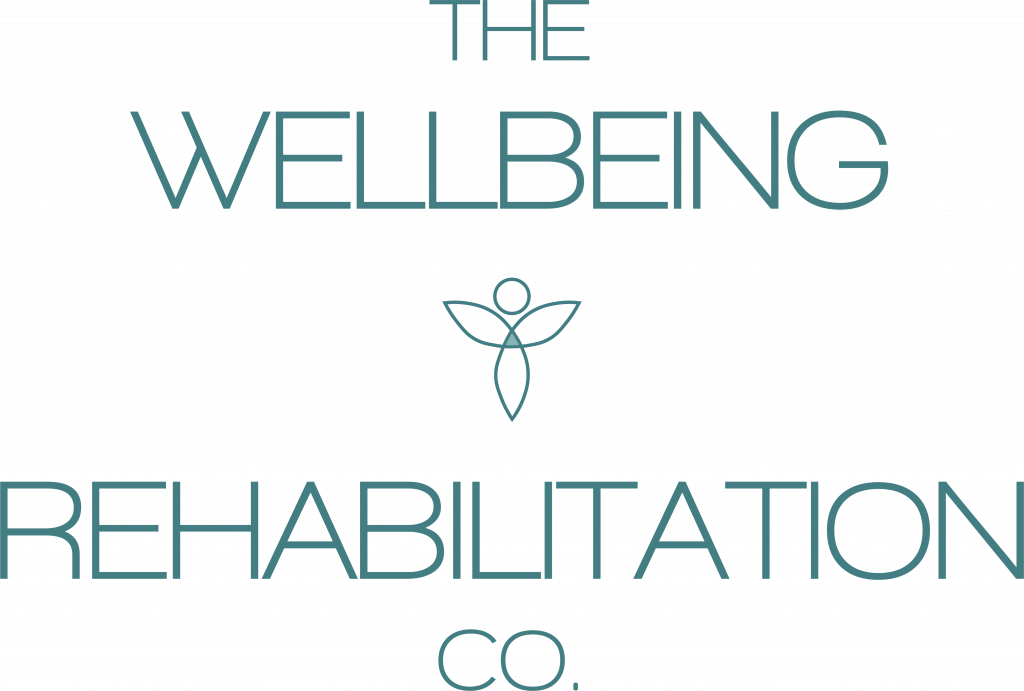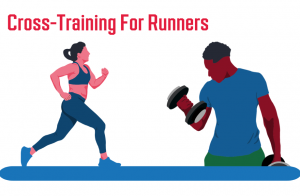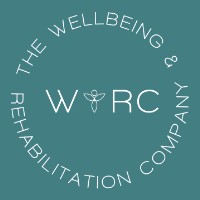
The Importance of Cross-Training as a Runner

Are you someone who loves to run or wants to start running? Just pounding the pavement might not be the best way to achieve your running goals. In fact, cross-training can be a game-changer for runners! This blog is here to show you why mixing up your workouts is important and to give you a handy guide for improving your running and staying injury-free. Get ready to take your running to the next level with these useful tips!
What exactly is cross-training?
Cross-training is all about diversifying your workouts and engaging in activities other than running. By incorporating different exercises into your routine, you can target various muscle groups, improve overall fitness, and enhance your running performance.
Why is cross-training important for runners?
Firstly, it helps prevent overuse injuries. Repeating the same motion over and over again can put strain on specific muscles and joints. By mixing in activities like strength training, Pilates or yoga, you give those overworked areas a break whilst building strength and flexibility in other areas.
Additionally, cross-training improves your cardiovascular fitness. Engaging in different aerobic exercises such as Boxing or Circuit style classes challenges your heart and lungs in new ways, leading to enhanced endurance and better overall cardiovascular health.
Not only does cross-training reduce the risk of injuries and boost fitness, but it also combats boredom. Let’s face it, running the same routes every day can become monotonous. By adding variety to your workouts, you keep things interesting, stay motivated, and avoid burnout.
Running-specific strength training
By incorporating running-specific strength exercises into your routine, you can enhance your running efficiency, increase speed, and build resilience. Let’s dive into why strength training is a game-changer for runners.
Benefits of strength training for runners
- Improved running form: Strength training targets key muscle groups, such as your core, glutes, hips, and legs, which are vital for maintaining proper running form. Strengthening these muscles can help you maintain a strong posture, reduce energy leaks, and optimize your stride.
- Increased power and speed: Strong muscles generate more power, allowing you to propel forward with greater force and speed. By incorporating explosive exercises like plyometrics or kettlebell swings, you can improve your ability to generate quick and powerful movements, ultimately enhancing your race times.
- Injury prevention: Strengthening muscles, tendons, and ligaments through targeted exercises can significantly reduce the risk of common running injuries, such as IT band syndrome, shin splints, or knee pain. By addressing muscle imbalances and weaknesses, you create a more robust and resilient body, capable of handling the demands of running.
- Enhanced endurance: Strength training improves muscular endurance, allowing you to maintain proper form and performance over long distances. By building strength in your legs and core, you’ll be able to sustain your pace for longer periods without experiencing fatigue.
- Squats: Targeting your quads, hamstrings, and glutes, squats are a fundamental exercise for building lower body strength. Perform bodyweight squats or progress to weighted squats using dumbbells or a barbell.
- Lunges: Strengthen your legs and improve stability by incorporating lunges into your routine. Forward lunges, reverse lunges, or walking lunges all engage the quadriceps, hamstrings, and glutes.
- Planks: Core strength is essential for maintaining stability and efficient running mechanics. Planks engage the entire core, including the abs, obliques, and lower back. Start with standard planks and progress to side planks or variations like plank jacks.
- Calf raises: Strengthen your calf muscles for better propulsion and stability during your runs. Perform calf raises by standing on the edge of a step or ledge, lifting and lowering your heels.
Remember to gradually increase the intensity and resistance of your strength training exercises over time. If you are not sure how to perform these exercises or if you just want to join a well-structured strength class, you could come to our Be Strong or Strength and Power classes.
Classes at the WRC to help your running performance

Remember, regular strength training benefits everyone and the table above is highlighting the benefits of doing strength training as a runner.
Take home message
Cross-training is the key to improve running performance and reduce the risk of running injuries. So, lace up your running shoes and embrace the power of cross training. Elevate your running performance, prevent injuries, and inject some variety into your routine. Get ready to take your running to the next level by incorporating cross training as your secret weapon. Happy training!
If you would like further information and advice, or if you are interested in booking onto one of the classes mentioned above, please get in touch.
Call us on: 0161 676 0341
Email us at: info@wellbeing-rehab.co.uk

Specialist providers of clinical and wellbeing services designed to meet your individual health needs.